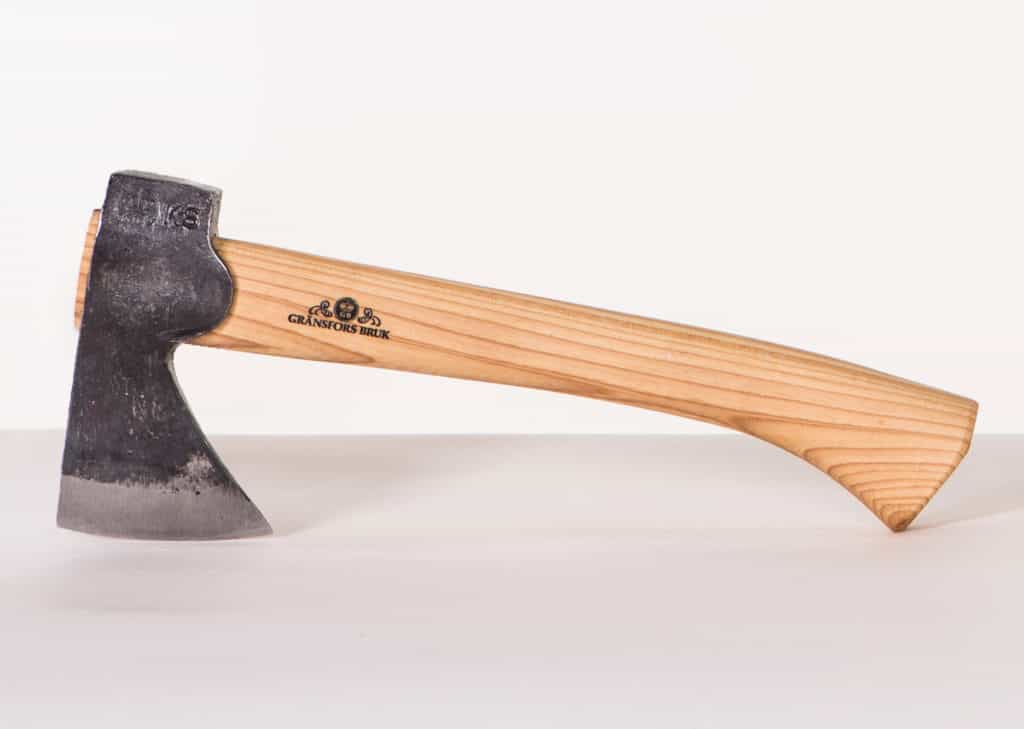I’m sure most of you are familiar with the best-selling young adult’s story ‘Hatchet’ by Gary Paulsen, which spawned the film Cry in the Wild and a heap of sequels. I guess it was inspired by the classic Heinlein SF ‘Tunnel in the Sky’ which if you have not read, do – withal it may be a tad sociologically dated.
It remains one of my favourite books, a classic of the ‘Castaway’ genre which began with the Odyssey and continued with Robinson Crusoe, etc. It is absolutely redolent with wonderful survival advice, amongst other things.
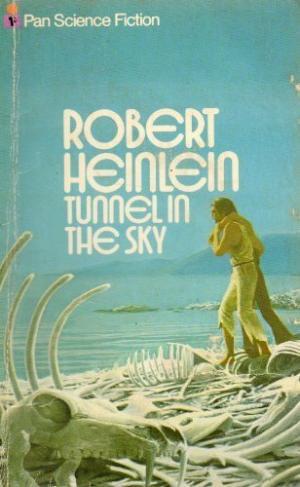
Young Brian Robeson’s hatchet becomes an indispensable survival tool when he finds himself alone in the Canadian wilderness amid bears, wolves etc – and with huge challenges of food, shelter, survival, rescue etc.

If you read the book you can easily imagine how you might find yourself in a similar situation – of course my point here will be how ultralight all the functions the hatchet might have can be construed).
You can all imagine cutting and splitting wood, eg for fire lighting, or to construct a shelter, etc. A hatchet might also make a handy weapon. It is also good for pounding things, and as an anvil – and if you have a flint, for striking sparks and fire.
Fewer will realize how vital it might be for procuring fresh water in fairly dry circumstances where no water flows, and no spring beckons. I have mentioned before how water might be found with your sense of smell. See: http://www.theultralighthiker.com/follow-your-nose/
Some wild birds are particularly good indicators of the proximity of water holes, springs, small streams, etc: pigeons and finches especially are infallible and knowledge of their presence has saved many lives.
If there is no above ground water though, you will be in dire trouble without a digging and/or cutting implement. Your metal trowel can be used to dig for water eg on the inland edge of dunes or the outside tighter bends of dry watercourses. If there is no such available, many roots contain water.
The water in (tree) roots and in branches invariably flows upwards towards the crown of the plant, so that when you cut a section of either to drain their water eg into your billy (or cook pot), you always have to invert them, or stand them up so that the water will continue to flow in that direction but now downwards. As an aside this is a compelling reason for carrying a cookset even if you do no cooking. The ‘no cook’ fad is yet another kind of ultralight folly.
That (heated) billy is a couple of hundred grams (at most) which may save your life. You can capture condensing water from underneath its lid and shake it carefully into another receptacle, maybe using your raincoat as a sort of catchment/funnel. Of course it can also sterilise water which would otherwise be undrinkable or dangerous.
A 3 metre length of succulent (current year) growth from a sapling (esp eucalyptus) or tree root will provide over half a litre (2 cups) of usually very good water in a very short period of time (minutes). It will be difficult to get enough without something to dig &/or something to cut with. Hence the hatchet. And the trowel.
When the water ceases to flow from the sapling, cut it in half and it will begin again.You can do this twice then finally try to blow out the last of the water. No water will flow from wood which shows annual growth rings. Most water is obtained at sunrise, least in the middle of the day.
Of course you should (generally) avoid milky sap eg mangroves. It is often an indication of unpleasantness or even poison. The usual ‘taste-test’ procedure applies (as with wild food), ie first touch a drop to a sensitive area of skin, (eg your inner elbow or wrist). If nothing unpleasant happens within a few minutes, touch a drop to your tongue, and again wait for a few minutes, then consume a very small quantity and wait a few minutes…if nothing untoward happens then the water (or plant) is probably fit to consume.
I have mentioned before how those on the Kon Tiki consumed a ‘shandy’ of 50:50 fresh and sea water (for months) without any ill effects. This strategy means you only have to find half the water you would otherwise expect. Consumption of straight sea water when you are already dehydrated is dangerous and should definitely be avoided. Distill it. Fresh is definitely best.
My Gerber Brush Trimmer Machete weighs 487 grams:. A machete is a very useful multi-tool, so this weight should instruct your choice of a cutting instrument. It will be difficult to source a functional hatchet which weighs much better than this. Still, many people prefer a hatchet.
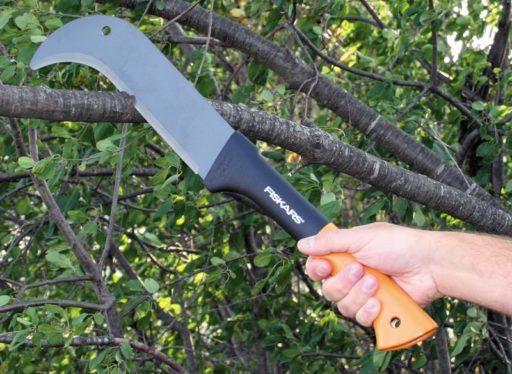
Here are some examples:
Fiskars Hatchets: X7: http://www.fiskars.eu/products/gardening/axes/chopping-axe-xs-x7-1015618 Width 13 mm Length 231 mm Height 28 mm Weight 560 g
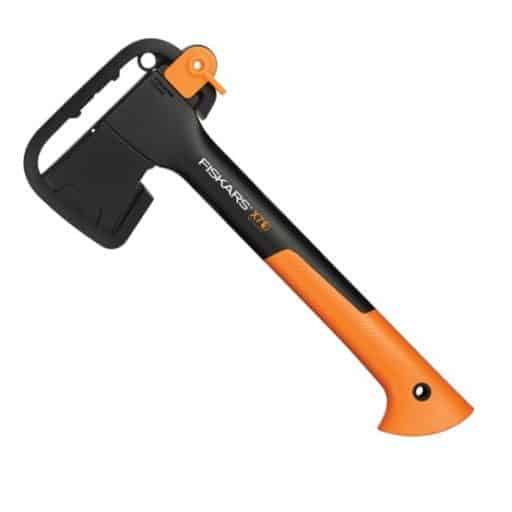
Fiskars X5: http://www.fiskars.eu/products/gardening/axes/chopping-axe-xxs-x5-1015617 Width 130 mm Length 354 mm Height 33 mm Weight 640 g
Gransfor Bruks Small Hatchet: https://www.gransforsbruk.com/en/product/gransfors-small-hatchet/ Length with handle: 26 cm (10”) Weight: 0.3 kg (0.7 lb)
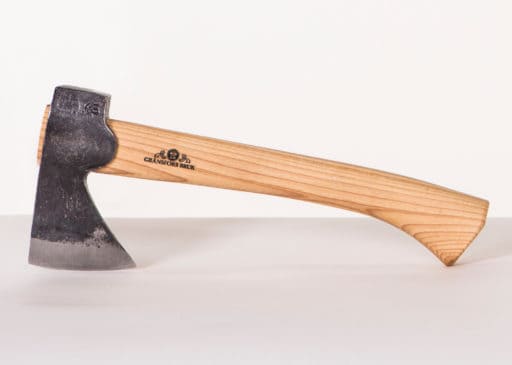
The Gerber Packpaxe (17 oz), and the Gator Combo Axe at 23 oz and which has a useful fixed blade knife stowed in its hollow handle are certainly worth consideration.
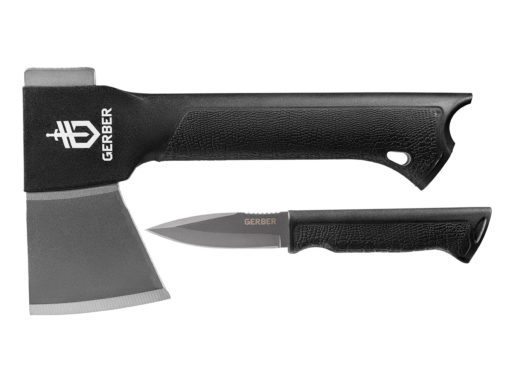
A couple of other interesting sources of information about ‘ultralight hatchets’: https://www.ragweedforge.com/ThrowingCatalog.html & http://www.oldjimbo.com/survival/tinyhatchets.html
Steven Evans of Suluk 46 came up with a 4.4 oz Titanium Hatchet here. Unfortunately it is not currently available , and it might be that his Uki Saw is a better choice anyway at 127 grams.

Folks will have their own opinions and make up their own minds about which hatchet to carry, or whether to carry a machete instead of a hatchet – much more useful for trail clearing, for example.
Readers of my post about Ultralight Saws (which might substitute for either hatchet/machete) will be aware that the ‘to beat’ weight here is the Darlac at 35 grams.
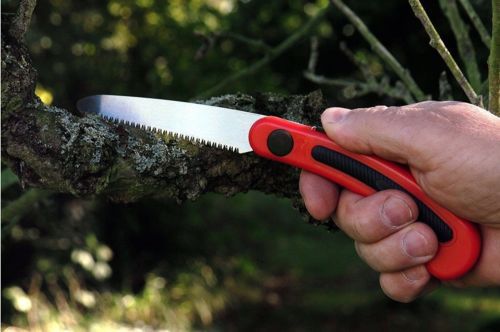
I think the minimum you should carry therefore so you can do all your survival fire lighting, digging and tree/root cutting are the Darlac saw at 35 grams, the Ka-Bar’s Johnson Adventure Piggyback Knife (US$11.59) at 23 grams and the Suluk 46 Tarc Trowel at 13 grams and US$35 (Jan 2018) – the trowel also makes a handy super tent stake.
Update: I now have a DIY 31 gram 6″ pruning saw: http://www.theultralighthiker.com/how-to-carry-a-saw/
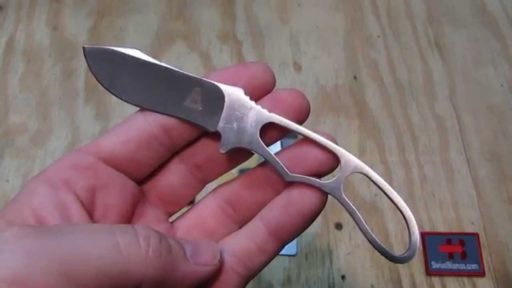
The reason I would choose the Titanium trowel (Vargo also make one) over a very similar weight aluminium one is that it is very carefully designed to not wear out your hand, and being stronger and harder than aluminum (more than double) it will wear out much more slowly, therefore justifying the extra cost especially in a survival situation where you may need to do an awesome amount of digging for water. Of course you may even need to use it to dig a shelter. Or a cat hole!
PS: I now prefer this Bogler trowel.
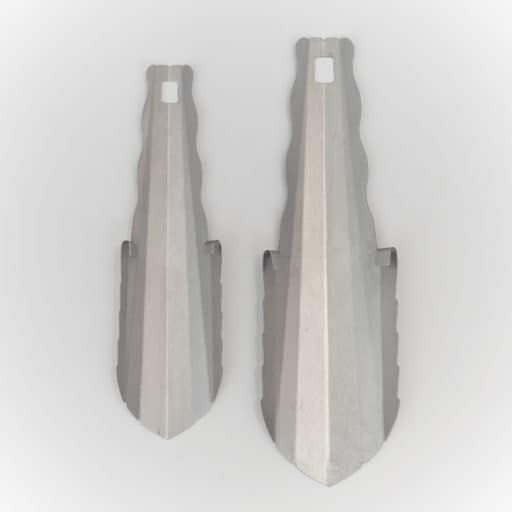
First Published Jan 10, 2018
Some other interesting survival stories:
http://www.theultralighthiker.com/the-wreck-of-the-commerce/
http://www.theultralighthiker.com/thrilling-tales-the-diy-motorcycle/
http://www.theultralighthiker.com/jeremiah-johnson-1972/
http://www.theultralighthiker.com/thrilling-tales-lewis-clark/
http://www.theultralighthiker.com/jim-bridger-the-greatest-plainsman/
http://www.theultralighthiker.com/man-in-the-wilderness-1971/
http://www.theultralighthiker.com/john-colter/
http://www.theultralighthiker.com/thrilling-tales-37-days-of-peril/
http://www.theultralighthiker.com/tim-severin/
http://www.theultralighthiker.com/kon-tiki-thor-heyerdahl/
See Also:
http://www.theultralighthiker.com/water-hiking-desalinator/
http://www.theultralighthiker.com/sawyer-water-filter/
http://www.theultralighthiker.com/dehydrated-water/
http://www.theultralighthiker.com/rivers-in-the-sky-never-die-of-thirst/
http://www.theultralighthiker.com/survival-still/
http://www.theultralighthiker.com/water-filter/
http://www.theultralighthiker.com/collecting-water/
http://www.theultralighthiker.com/the-egg-ring-ultralight-wood-burner-stove/

